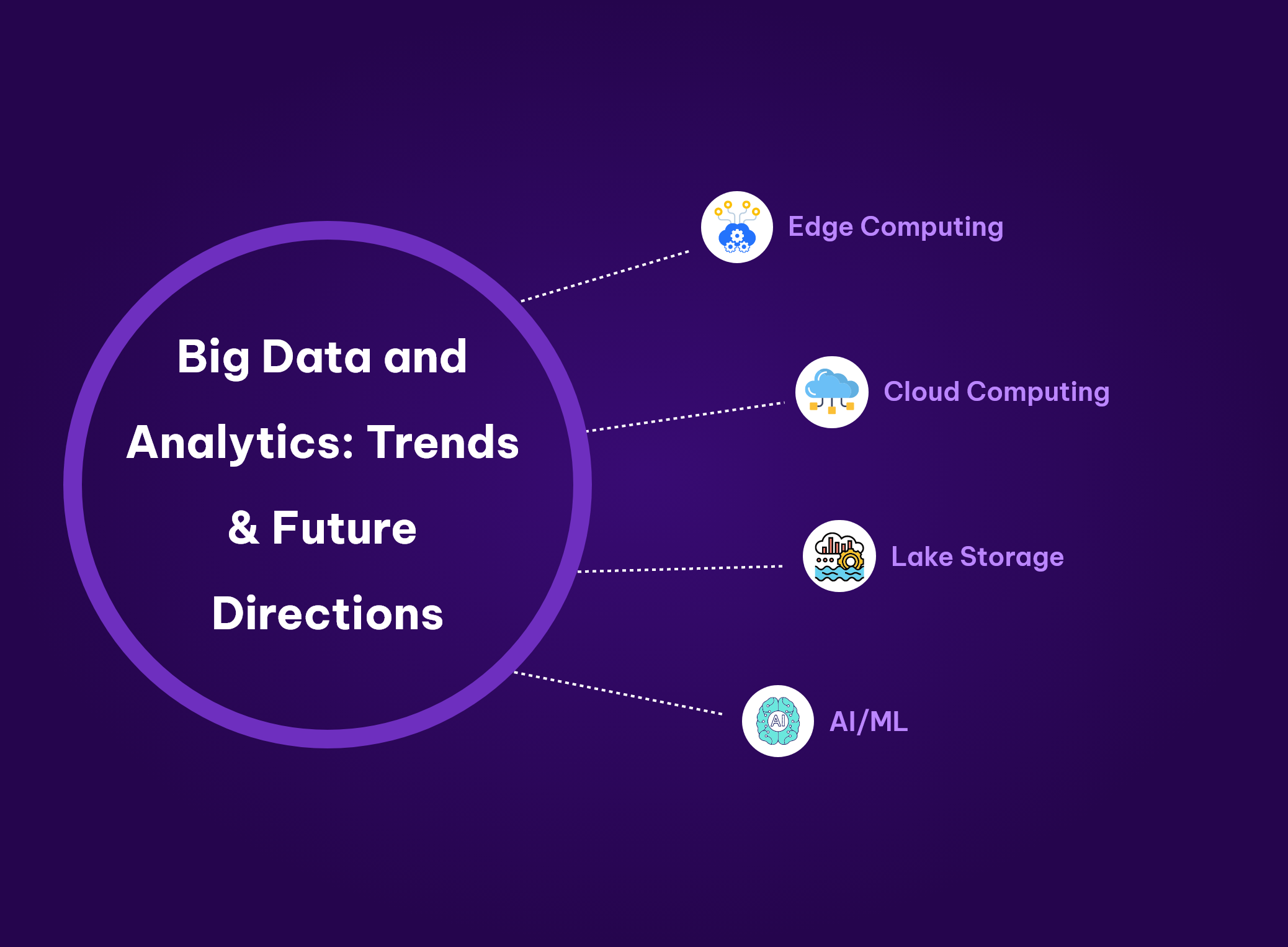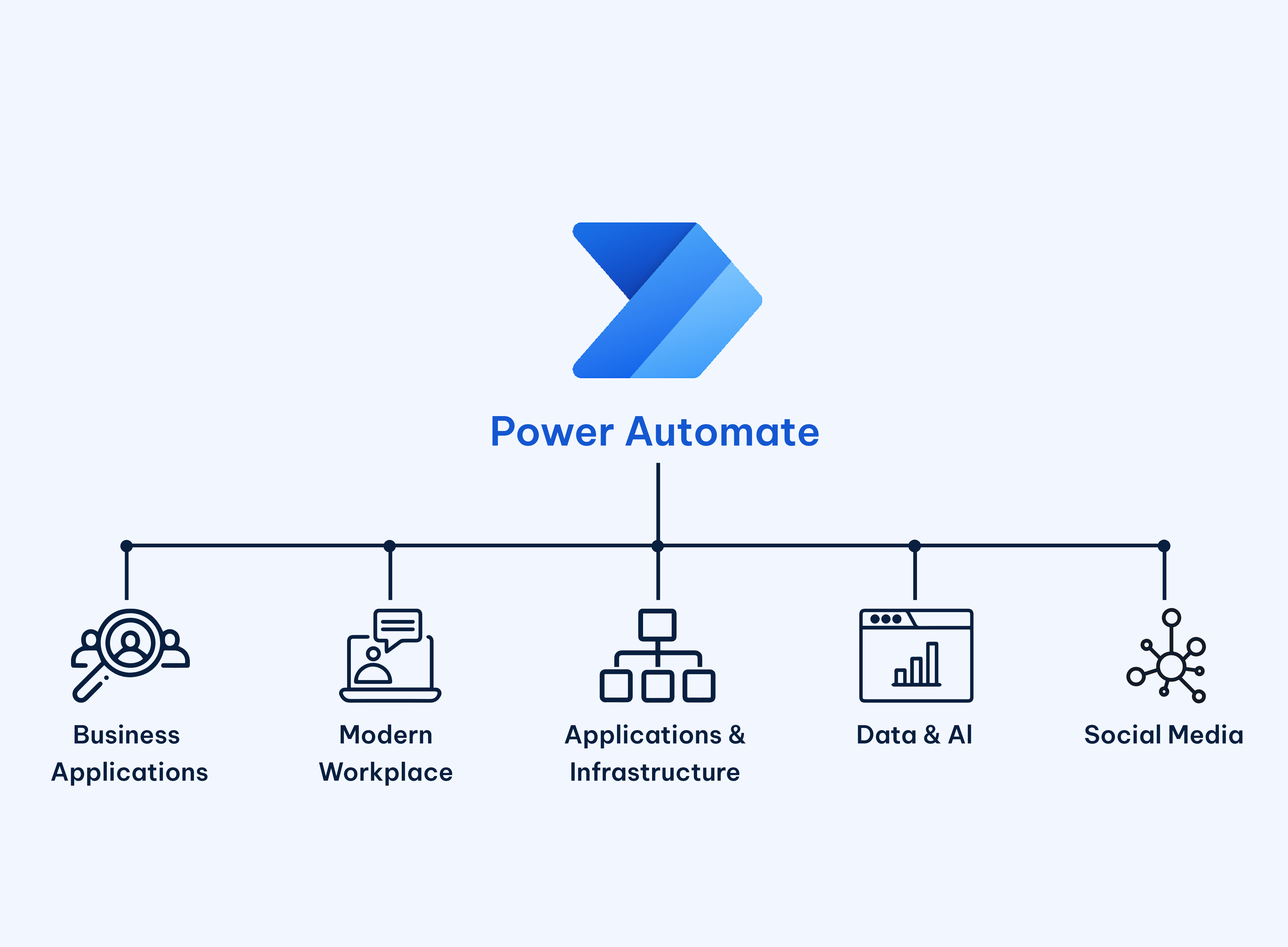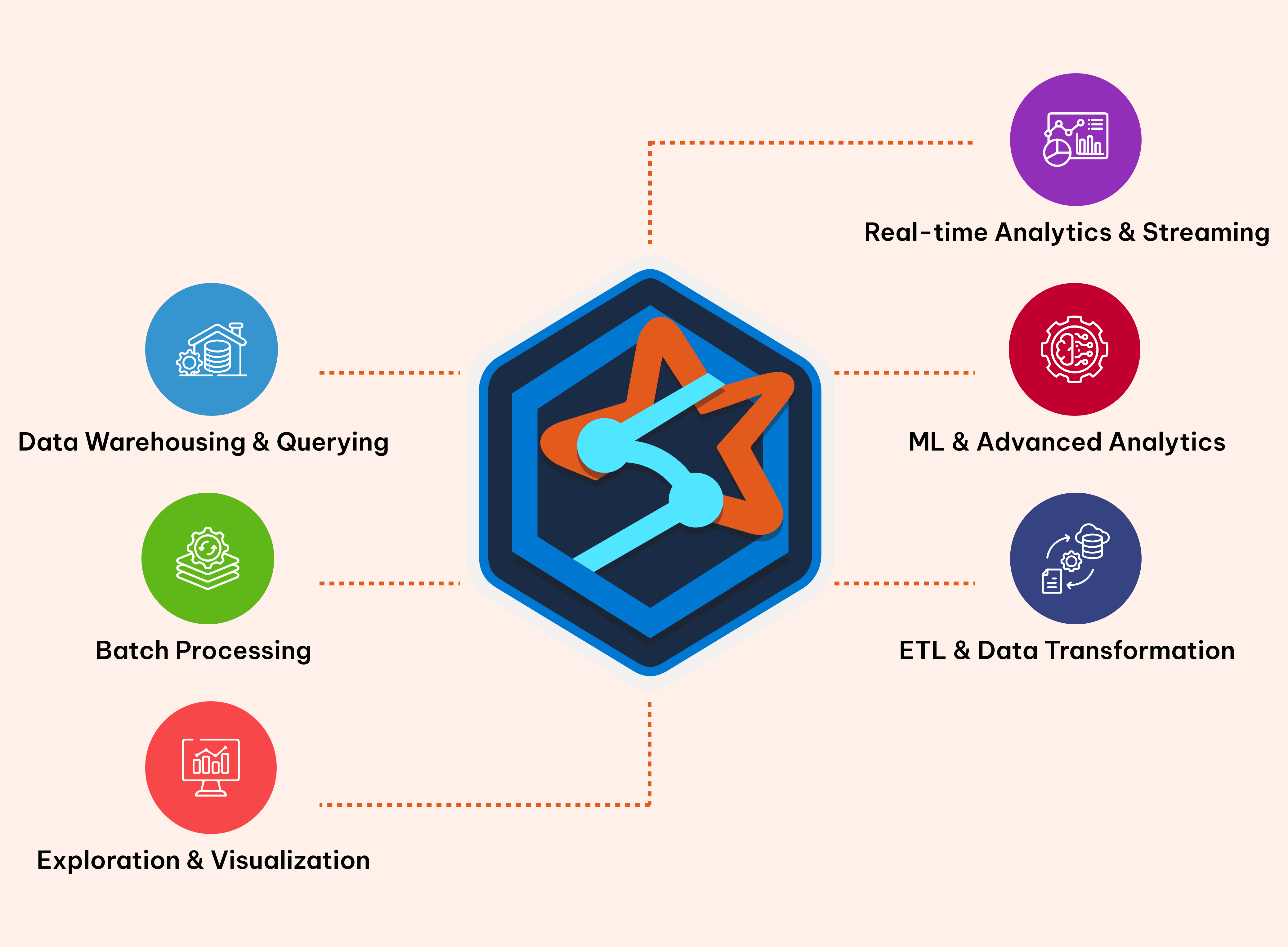Data Analytics
Advanced SQL Techniques for Data Analyst

In the world of database management, mastering advanced SQL techniques can significantly enhance your ability to manipulate data efficiently. In this guide, we'll explore four powerful SQL techniques - indexing, window functions, common table expressions (CTEs), and conditional aggregation - with practical examples using a sample employee database. Let's dive in!
Example Table: Employee Database
Let's start by creating a simple table to represent our employee database:
CREATE TABLE employees (
id INT PRIMARY KEY,
name VARCHAR(50),
department_id INT,
salary DECIMAL(10, 2)
);
Now, let's populate the table with some sample data:
INSERT INTO employees (id, name, department_id, salary)
VALUES
(1, 'John Doe', 1, 60000.00),
(2, 'Jane Smith', 1, 65000.00),
(3, 'Alice Johnson', 2, 70000.00),
(4, 'Bob Brown', 2, 72000.00),
(5, 'Charlie Lee', 3, 55000.00),
(6, 'David Wang', 3, 58000.00);
Indexing: Optimizing Query Performance
Indexing helps speed up data retrieval by creating a sorted list of values for quick access. Let's create an index on the salary column:
CREATE INDEX idx_salary ON employees (salary);
This query creates an 'index' named 'idx_salary' on the 'salary' column of the employees table, improving the performance of queries involving filtering or sorting by salary.
With this index in place, queries filtering by salary will execute faster.
Window Functions: Analyzing Data with Context
Window functions allow you to perform calculations across a set of rows related to the current row. Let's use a window function to calculate the average salary for each department:
SELECT
name,
department_id,
salary,
AVG(salary) OVER (PARTITION BY department_id) AS avg_salary_by_department
FROM
employees;
This query selects the 'name', 'department_id, and salary columns from the 'employees' table while utilizing a window function to calculate the average salary for each department. The 'AVG(salary) OVER (PARTITION BY department_id)' clause partitions the data by the department_id', enabling the calculation of the average salary within each department.
Additionally, other important window functions such as ROW_NUMBER(), RANK(), LEAD(), LAG(), SUM(), MIN(), MAX(), COUNT(), PERCENT_RANK(), and CUME_DIST() offer diverse functionalities for analytical tasks within specified partitions of a result set. These window functions enhance the analytical capabilities of SQL queries, allowing for efficient and flexible data analysis.
Common Table Expressions (CTEs): Simplifying Complex Queries
CTEs allow you to define temporary result sets that can be referenced multiple times within a single query. Let's use a CTE to find departments with an average salary above a certain threshold:
WITH department_avg_salary AS (
SELECT
department_id,
AVG(salary) AS avg_salary
FROM
employees
GROUP BY
department_id
)
SELECT
department_id
FROM
department_avg_salary
WHERE
avg_salary > 60000;
This query utilizes a Common Table Expression (CTE) named 'department_avg_salary' to calculate the average salary for each department. Within the CTE, the 'AVG(salary)' function computes the average salary for each distinct 'department_id' by aggregating salary values from the 'employees' table. The result set is grouped by the 'department_id'. Subsequently, the main query selects the 'department_id' from the 'department_avg_salary CTE where the calculated 'avg_salary is greater than Rs. 60,000.
This query simplifies complex calculations by breaking down the calculation of average salary into a CTE, enhancing the readability and maintainability of the main query.
Conditional Aggregation: Customizing Aggregates
Conditional aggregation allows you to apply aggregate functions selectively based on specific conditions. Let's calculate the average salary for each department, excluding salaries below certain threshold:
SELECT
department_id,
AVG(CASE WHEN salary >= 60000 THEN salary END) AS avg_salary
FROM
employees
GROUP BY
department_id;
This query calculates the average salary for each department while excluding salaries below Rs.60,000. It utilizes a conditional aggregation technique where the 'AVG()' function is applied conditionally within a 'CASE' statement. The 'CASE WHEN salary >= 60000 THEN salary END' expression evaluates to the salary value if it meets the condition (salary >= Rs.60,000), otherwise it returns NULL. The 'AVG()' function then calculates the average of these non-NULL values for each department. The result set is grouped by the 'department_id'. This approach allows for customizing aggregates based on specific conditions, enabling tailored data analysis. It provides insights into the average salary distribution across different departments, excluding lower salary values, thus facilitating informed decision-making regarding departmental resources and compensation structures.
This query calculates the average salary for each department, excluding salaries below Rs.60,000.
Conclusion
In conclusion, mastering advanced SQL techniques such as indexing, window functions, common table expressions (CTEs), and conditional aggregation is highly beneficial for data analysts. By honing these skills, data analysts can extract valuable insights more efficiently from complex datasets. In real-world scenarios, In22labs extensively utilizes these techniques. We leverage indexing to speed up data retrieval, window functions to analyze data contextually, CTEs to simplify complex queries, and conditional aggregation to tailor aggregations based on specific conditions. These practices enhance decision-making and contribute to business success by facilitating faster and more intelligent data analysis.
Tags
- SQL techniques
- Advanced SQL
- CTE
- Window Function
- Indexing
- Conditional Aggregation
- In22labs
- PowerBI
- Data Analytics
- e-governance
Written by
Kaviarasan G
Published on
27 February 2024





























